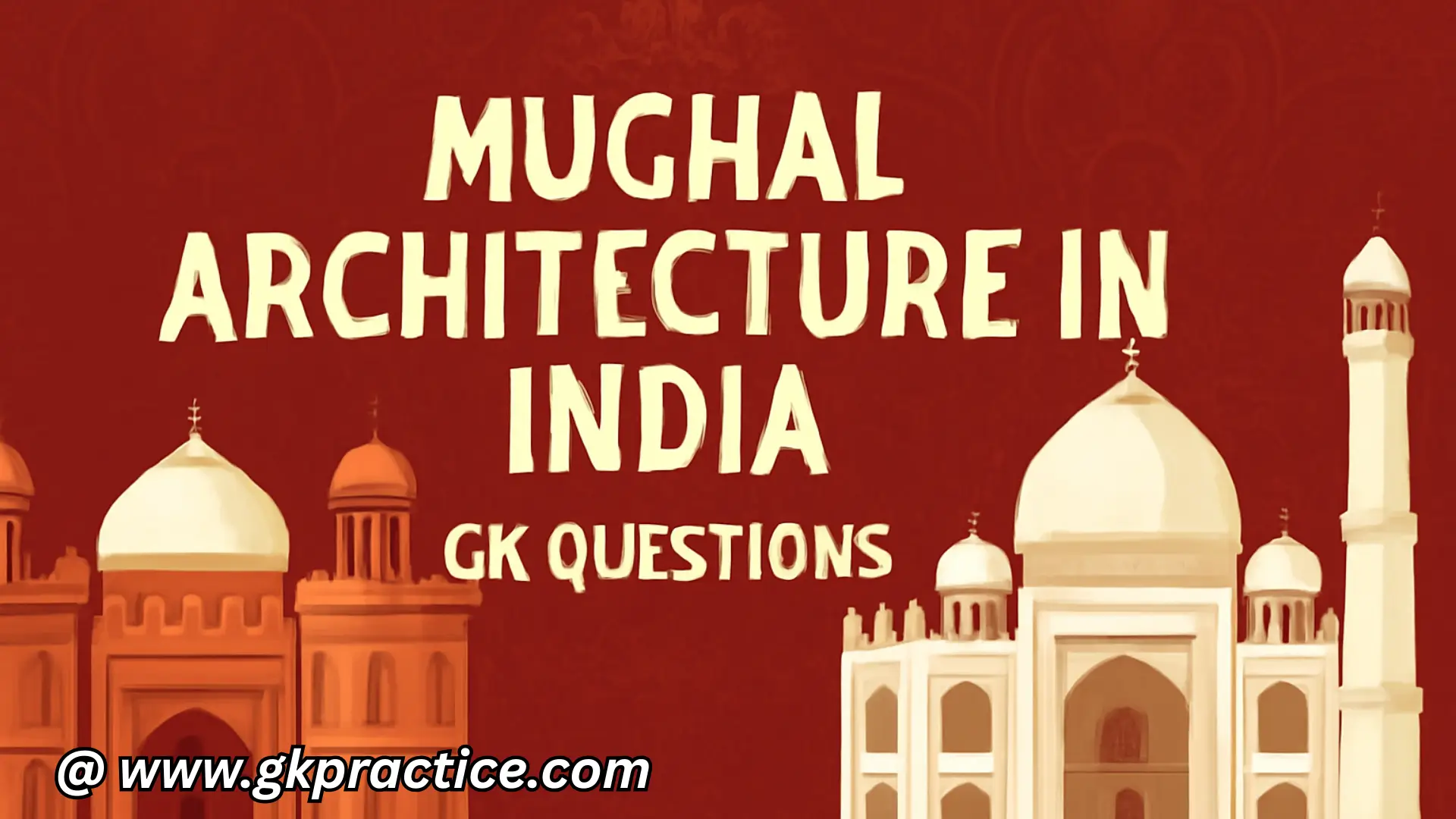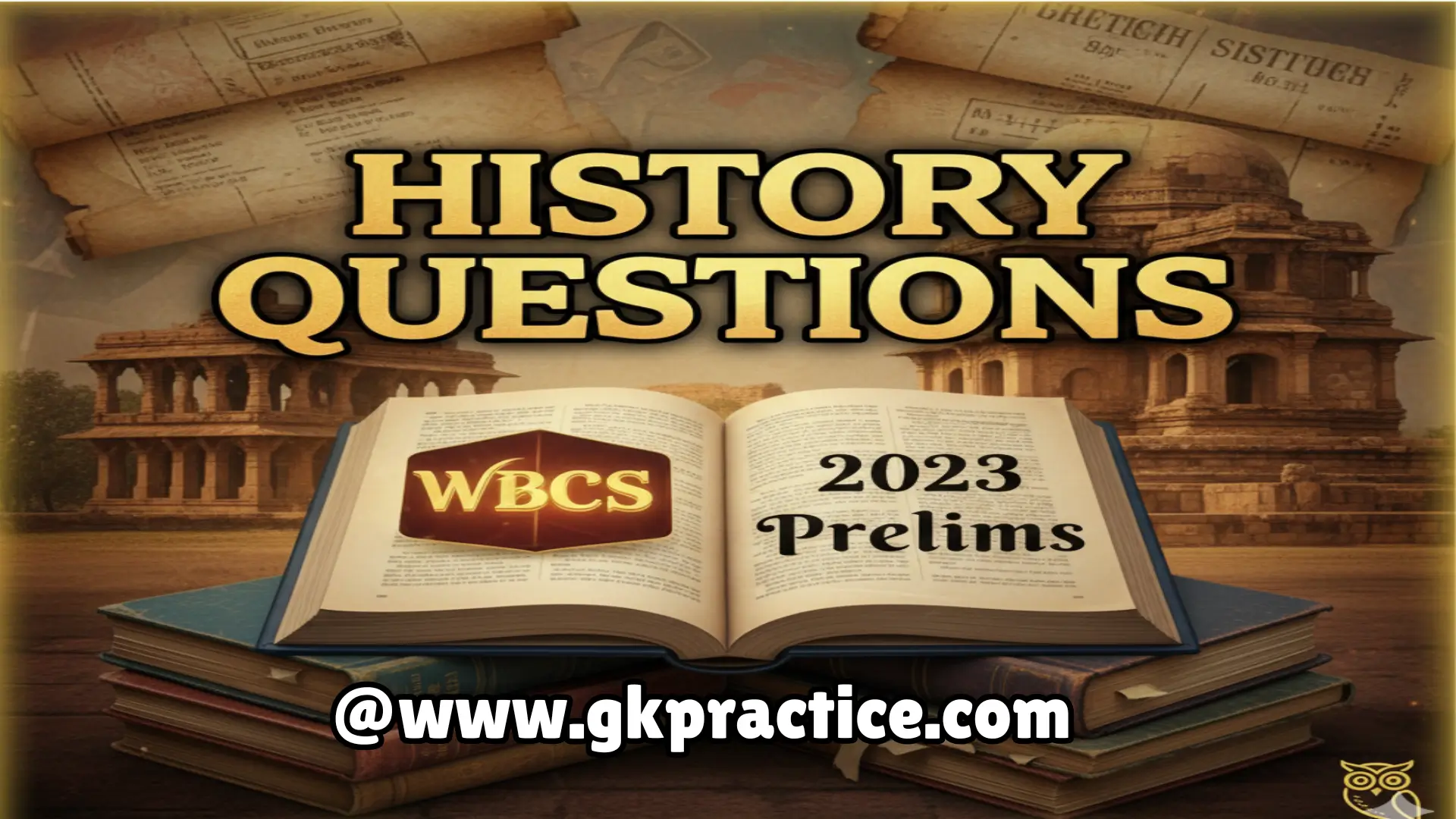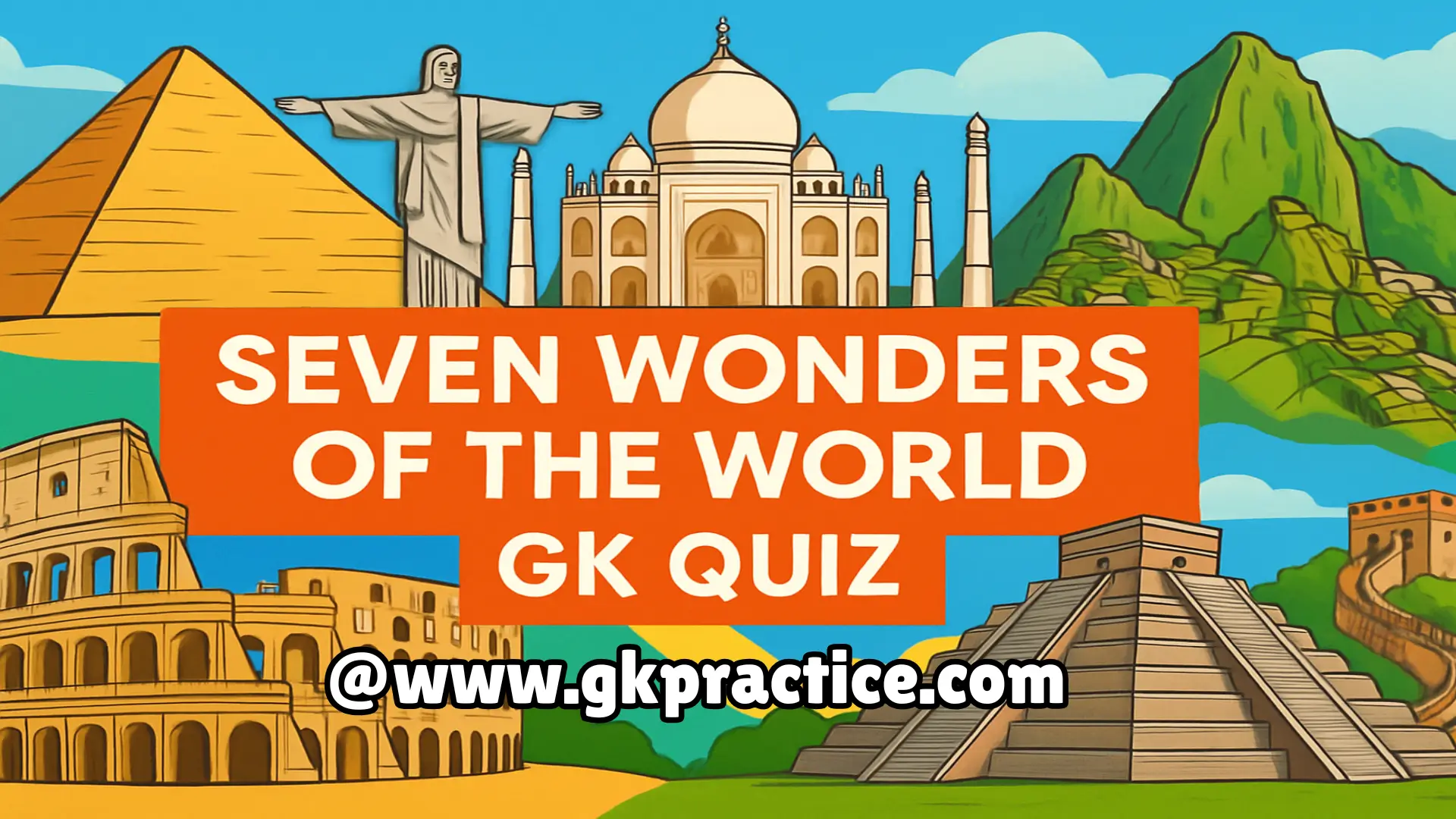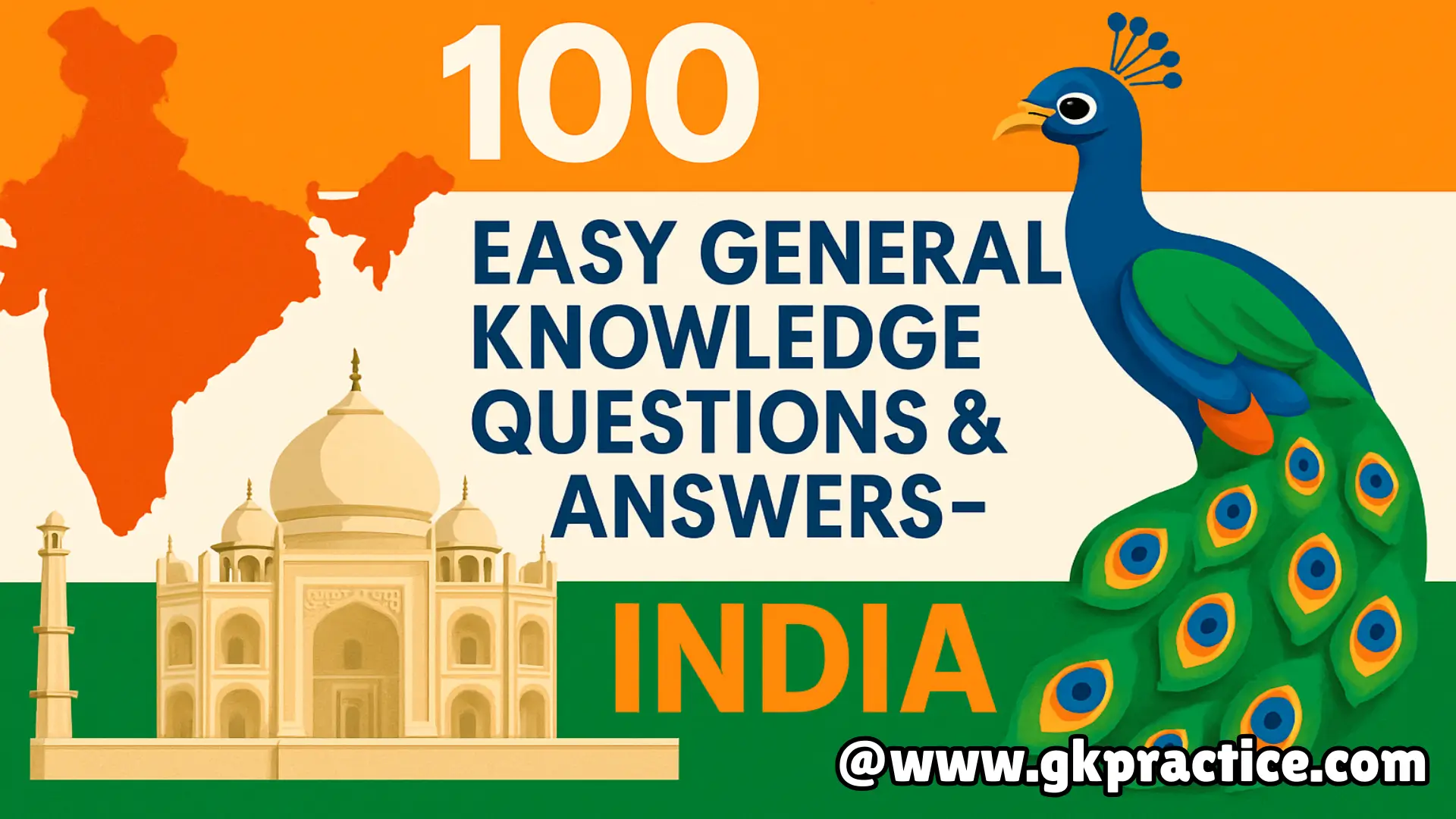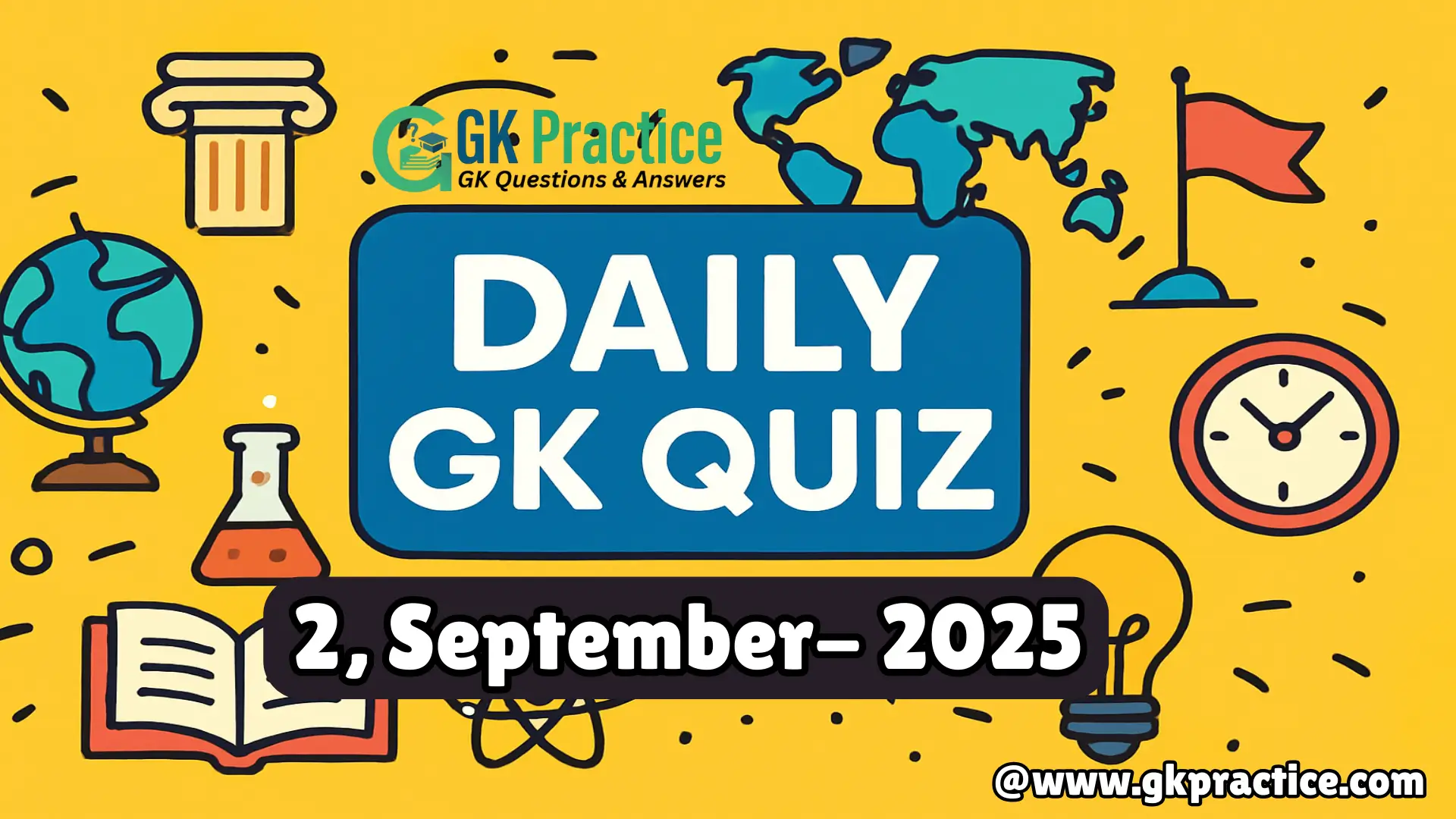Q11. Which city houses the Itmad-ud-Daulah tomb, often called “Baby Taj”?
a) Delhi
b) Agra
c) Jaipur
d) Fatehpur Sikri
Q12. Which feature is a hallmark of Mughal architecture?
a) Large domes
b) Minarets
c) Inlay work
d) All of the above
Q13. Which Mughal emperor is associated with the Agra Fort’s original construction?
a) Babur
b) Akbar
c) Shah Jahan
d) Jahangir
Q14. What decorative element is commonly seen in Mughal tombs?
a) Frescoes
b) Pietra dura inlay
c) Murals
d) Wooden carvings
Q15. Which Mughal garden is located in Srinagar?
a) Shalimar Bagh
b) Nishat Bagh
c) Chashme Shahi
d) All of the above
Q16. Which Mughal emperor commissioned the Jama Masjid in Fatehpur Sikri?
a) Akbar
b) Shah Jahan
c) Jahangir
d) Babur
Q17. Which Mughal monument is known for its red sandstone and white marble combination?
a) Red Fort
b) Taj Mahal
c) Humayun’s Tomb
d) Qutub Minar
Q18. Which feature was commonly used in Mughal architecture to represent Islamic art?
a) Calligraphy
b) Geometric patterns
c) Floral motifs
d) All of the above
Q19. Which Mughal emperor built the Diwan-i-Khas in Agra Fort?
a) Akbar
b) Shah Jahan
c) Jahangir
d) Aurangzeb
Q20. What is the architectural significance of Buland Darwaza at Fatehpur Sikri?
a) Largest gateway
b) Tomb entrance
c) Mosque gate
d) Palace entrance
Mughal architecture in India reflects the rich cultural synthesis of Islamic, Persian, and Indian styles. These GK questions help students and competitive exam aspirants understand iconic structures, gardens, tombs, and forts of the Mughal era.
Related Posts:
- Mughal Architecture In India GK Questions & Answers – GK Practice
- Indus Valley Civilization Architecture Important GK Questions & Answers – GK Practice
YouTube Video Channel of GK Practice: GK Practice

